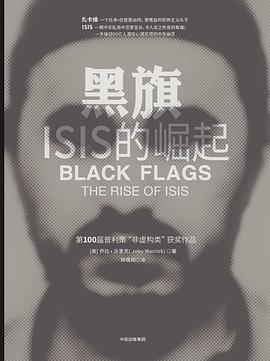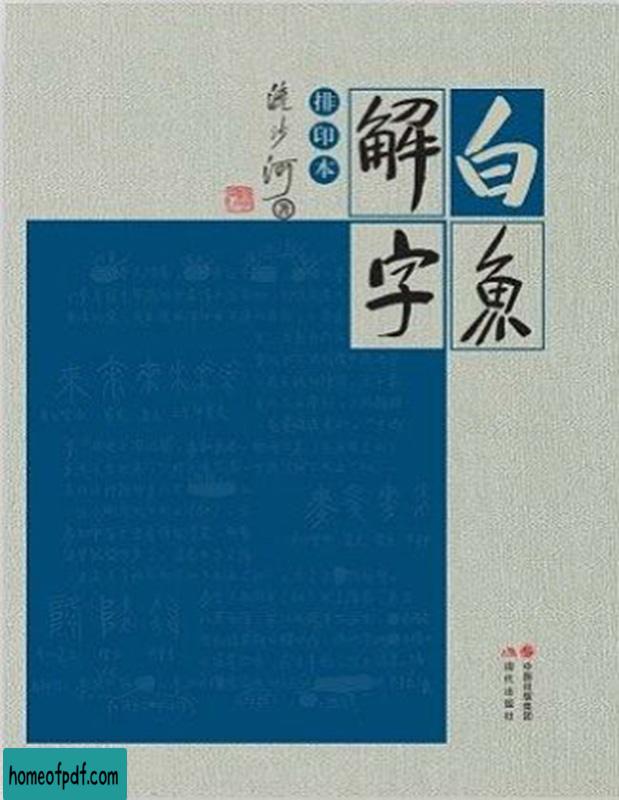Killing the Indian Maiden: Images of Native American Women in Film 电子书下载
Killing the Indian Maiden examines the fascinating and often disturbing portrayal of Native American women in film. Through discussion of thirty-four Hollywood films from the silent period to the present, M. Elise Marubbio examines the sacrificial role of what she terms the "Celluloid Maiden" -- a young Native woman who allies herself with a white male hero and dies as a result of that choice. Marubbio intertwines theories of colonization, gender, race, and film studies to ground her study in sociohistorical context all in an attempt to define what it means to be an American. As Marubbio charts the consistent depiction of the Celluloid Maiden, she uncovers two primary characterizations -- the Celluloid Princess and the Sexualized Maiden. The archetype for the exotic Celluloid Princess appears in silent films such as Cecil B. DeMille`s The Squaw Man (1914) and is thoroughly established in American iconography in Delmer Daves`s Broken Arrow (1950). Her more erotic sister, the Sexualized Maiden, emerges as a femme fatale in such films as DeMille`s North West Mounted Police (1940), King Vidor`s Duel in the Sun (1946), and Charles Warren`s Arrowhead (1953). The two characterizations eventually combine to form a hybrid Celluloid Maiden who first appears in John Ford`s The Searchers (1956) and reappears in the 1970s and the 1990s in such films as Arthur Penn`s Little Big Man (1970) and Michael Apted`s Thunderheart (1992). Killing the Indian Maiden reveals a cultural iconography about Native Americans and their role in the frontier embedded in the American psyche. The Native American woman is a racialized and sexualized other -- a conquerable body representing both the seductions and the dangers of the frontier. These films show her being colonized and suffering at the hands of Manifest Destiny and American expansionism, but Marubbio argues that the Native American woman also represents a threat to the idea of a white America. The complexity and longevity of the Celluloid Maiden icon -- persisting into the twenty-first century -- symbolizes an identity crisis about the composition of the American national body that has played over and over throughout different eras and political climates. Ultimately, Marubbio establishes that the ongoing representation of the Celluloid Maiden signals the continuing development and justification of American colonialism.
尊敬的读者:
欢迎您访问我们的网站。本站的初衷是为大家提供一个共享学习资料、交换知识的平台。每位用户都可以将文件上传至网盘并分享。
然而,随着用户上传的资料增多,我们发现部分不宜或版权问题的书籍被分享到了本站。
为此,我们已经关闭了分享入口,并进行了多次书籍审查,但仍有部分内容未能彻底审查到位。
在此,我们恳请广大读者与我们共同监督,如发现任何不宜内容,请 点击此处 进行举报,我们会第一时间处理并下架相关内容。
希望我们能共建一个文明社区!感谢您的理解与支持!
猜你喜欢
- 《寡头:新俄罗斯的财富与权力》戴维·霍夫曼 电子书下载
- 《午夜阳光》斯蒂芬妮·梅尔 电子书下载
- 《与火同行》[美] 大卫·林奇 电子书下载
- 《形而上学》亚里士多德 电子书下载
- Understanding Ecmascript 6: The Definitive Guide for JavaScript Developers - Nicholas C. Zakas 电子书下载
- 《死屋》[英]丹尼尔·比尔 电子书下载
- 《统整的力量:直击STEAM核心的课程设计》陈怡倩文字版 电子书下载
- 《永隔一江水》邓安庆 电子书下载
- Innovative Computational Intelligence: A Rough Guide to 134 Clever Algorithms - Bo Xing and Wen-Jing Gao 电子书下载
- 《顽童小番茄》简媜文字版 电子书下载
- 《爱是一种选择》[美]汉姆菲特全译文字版 电子书下载
- Systems Performance 2nd Edition - Brendan Gregg 电子书下载








![[波浪原理].艾略特.扫描版.pdf 电子书下载 [波浪原理].艾略特.扫描版.pdf 电子书下载](https://images-5.articlebest.top//thub/ddb39819a2b8b7de0e682e392a6eec65.jpg)



